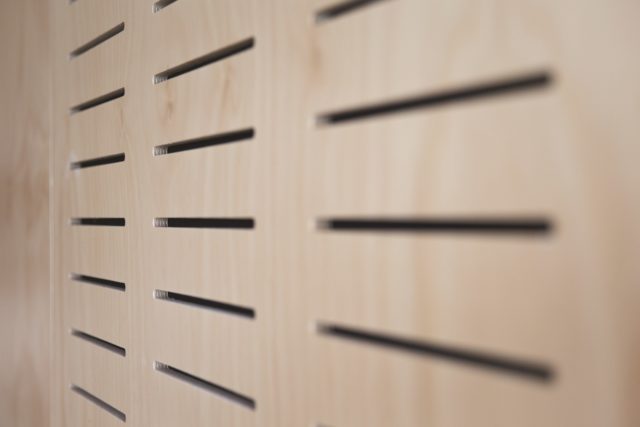We explained what Plywood is in a previous blog (read it here), but here’s a quick recap before discussing glue bonds. Thin layers, or veneers, of wood are bonded together with a strong adhesive in order to make Plywood.
The quality of the glue adhesive is critical because the strength and integrity of the Plywood’s relies on it. The number one consideration should be the application of the Plywood so you can choose one made with the adhesive that suits your purpose.
There are four types of glue bond used in the manufacture of Plywood. They are listed below from most durable to least durable.
Type A (A-Bond)
This is the strongest bond and is also waterproof. It’s produced from a phenol formaldehyde resin that is set under heat and pressure. The result is a permanent bond that can be exposed to heat, cold or wet conditions for a long time without deteriorating. This glue bond is used for structural, exterior and marine plywoods.
Type B (B-Bond)
Less durable than Type A, a Type B glue bond is waterproof but will deteriorate after several years being exposed continuously to weather. It is usually produced from a Melamine-urea-formaldehyde (MUF) resin. Plywood with a B-Bond is best used in situations of limited weather exposure, e.g. exterior doorskins and concrete formwork.
Type C (C-Bond)
This glue bond can only withstand occasional exposure to dampness and as such is most suitable for general internal uses. It should not be used for structural applications or wet/damp areas. This glue bond is usually produced from urea formaldehyde (UF) resin.
Type D (D-Bond)
Similar to Type C, Type D is also made from urea formaldehyde (UF) resin. D-Bond Plywood is best suited to internal uses where it is completely protected from wetness or dampness. It should never be used for structural applications.
There are Australian Standards for glue-bonds to ensure the Plywood is fit for purpose. A substandard glue-bond could result in a structure failing, for example structural Plywood used that was not manufactured to the correct standard with a Type A glue bond. To be confident Plywood has been manufactured correctly it is best to buy products produced by reputable manufacturers with testing and quality control programs. Another point of clarification is the use of the word “waterproof” in relation to Plywood. If you see this description keep in mind the glue is waterproof, not the wood component.
As always, our team are happy to share their expertise with you in relation to Plywood to ensure you select the right product for your project.



